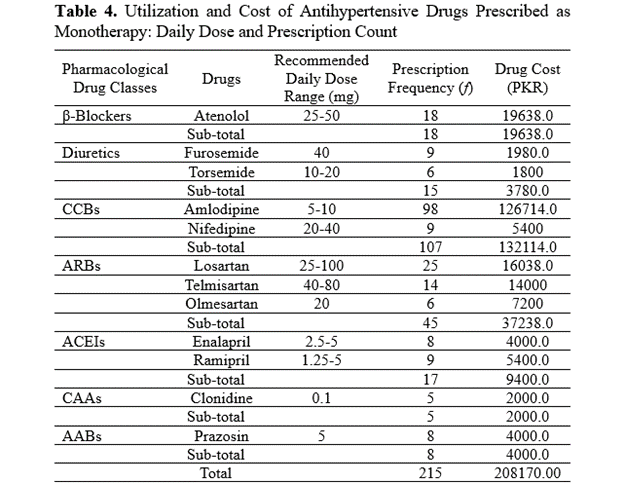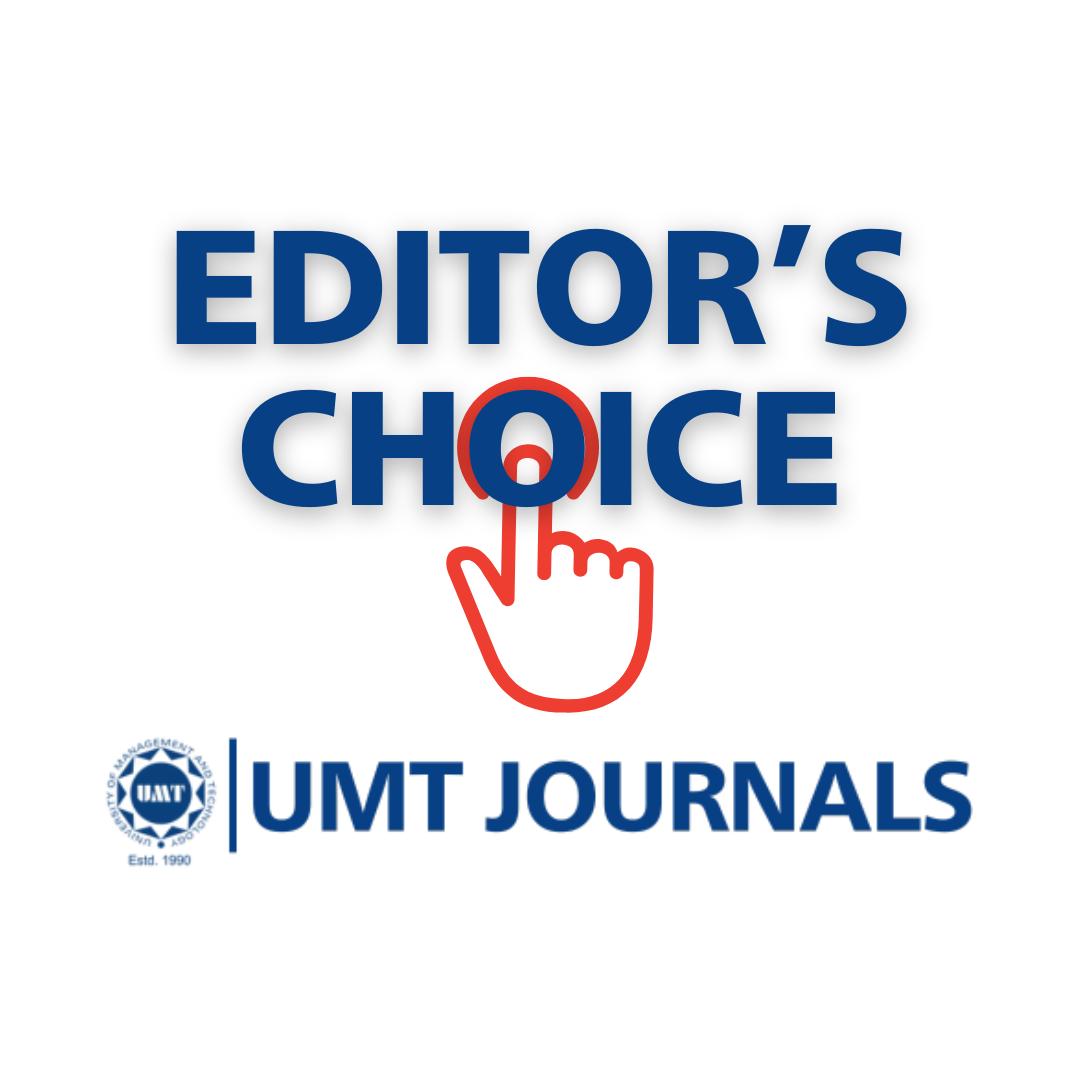Cost-Effectiveness Analysis of Antihypertensive Medications Prescribed to Primary Hypertension Patients at District Headquarters Hospital, Kohat
Abstract
 Abstract Views: 0
Abstract Views: 0
Hypertension, a major risk factor for cardiovascular diseases (CVDs), contributes to 9.3 million deaths annually. In low- and middle-income countries (LMICs) like Pakistan, cost-effective treatment is critical due to limited healthcare resources. This study aimed to evaluate the cost-effectiveness of antihypertensive medications prescribed to patients with primary hypertension at the District Headquarters (DHQ) Hospital, KDA, Kohat in the Khyber Pakhtunkhwa province of Pakistan. A cross-sectional retrospective study was conducted over a period of six months, involving 320 patients (55.31% male, 44.69% female) aged 18-60 years. Prescription patterns and costs of antihypertensive medications (monotherapy and combination therapy) were analyzed using hospital records. The total cost of prescribed antihypertensive medications was PKR 261,153.00, with monotherapy accounting for PKR 208170.00 and combination therapy accounting for PKR 52983.00. Among monotherapies, calcium channel blockers (CCBs) were the most frequently prescribed (107 prescriptions) and accounted for the highest cost (PKR 132114.00, 50.58%), followed by angiotensin receptor blockers (ARBs) (PKR 37238.00, 14.25%). In contrast, diuretics were the most cost-effective option, costing only PKR 25.2 per unit dose. For combination therapy, amlodipine + hydrochlorothiazide combination was the most prescribed, while losartan + amlodipine combination incurred the highest cost. Monotherapy was prescribed in 67.18% of cases, with most patients showing a positive response before transitioning to combination therapy. CCBs and diuretics were found to be more cost-effective, whereas ACE inhibitors were among the most expensive options. CCBs were the most frequently prescribed in monotherapy, while the combination of amlodipine and atenolol was commonly used in multidrug regimens. The current study highlights the importance of considering patients’ socioeconomic status when initiating pharmacologic treatment. Cost-effective prescribing is crucial in the resource-limited settings of Pakistan, where balancing clinical efficacy and affordability is essential. The findings support WHO recommendations for the rational use of combination therapy and emphasize the use of low-cost medications to optimize treatment outcomes in low- and middle-income countries.
Downloads

Copyright (c) 2025 Marvi Shaheen, Sajid Khan Sadozai, Rooh Ullah, Sajid Hussain, Fawad Ali, Majid Khan Sadozai, Farina Kanwal, Naveed Safdar

This work is licensed under a Creative Commons Attribution 4.0 International License.
Author(s) retain copyright and grant the journal right of first publication with the work simultaneously licensed under a Creative Commons Attribution (CC-BY) 4.0 License that allows others to share the work with an acknowledgment of the work’s authorship and initial publication in this journal.









